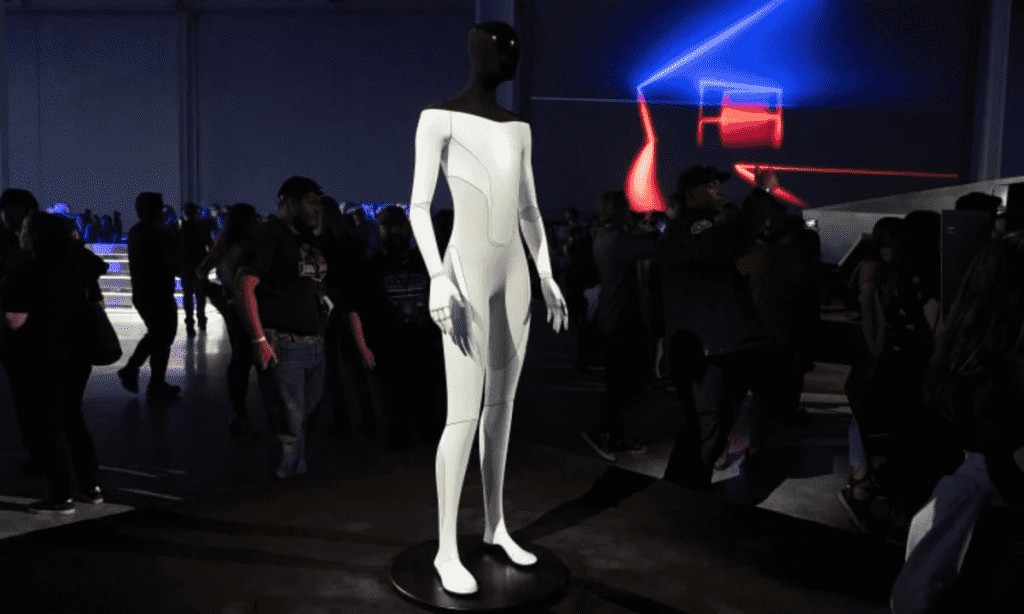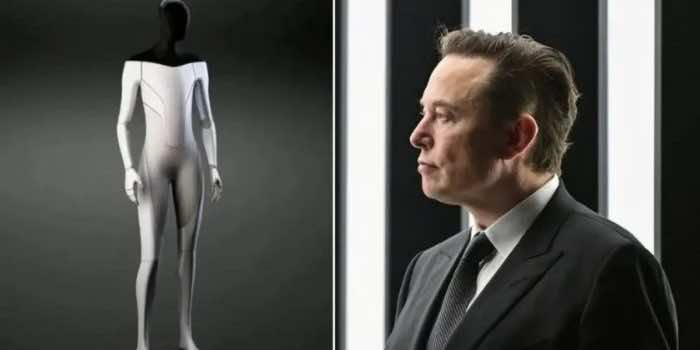Elon Musk, the CEO of Tesla, is all set to welcome this futuristic and promising humanoid robot “Optimus” by September 30 at the event of Tesla AI Day 2, as per the reports. This is one of the most aspiring and critical projects of Tesla, which will eventually replace human labor for certain monotonous or hazardous tasks. Tesla has also been renowned for the manufacturing of self-driving cars, and the inauguration of these humanoid robots could certainly be a long shot. However, as the deadline looms, the critics seem skeptical regarding the completion of the project.

Meanwhile, Musk said in a tweet, “The autopilot/AI team is also working on Optimus and (actually smart) summon/autopark, which have end-of-month deadlines.” Seeing the very nature of the project and as per some inside reports, it has been found that the frequency of discussion on robotics at Tesla is usually higher as compared to other projects. This means that the company has been deeply engrossed in self-automation technology. However, this robot, Optimus, will serve a better purpose by working in place of those humans who have to perform hazardous tasks. This also shows that the robot has been designed in order to enhance the safety culture.

Musk said that the technology used to build Optimus is the same as that used in the manufacturing of Tesla’s self-driving cars. The robot is five feet and eight inches tall and has a screen attached with cameras on the head. It should be noted that the cameras attached to the head are “Autopilot cameras”. Along with this, the robot can travel up to five miles per hour and weighs around 125 pounds.

As stated by the lead of NASA’s Dexterous Robotics Team, Shaun Azimi, “Self-driving cars weren’t really proved to be as easy as anyone thought. And it’s the same way with humanoid robots to some extent. If something unexpected happens, being flexible and robust to those kinds of changes is very difficult. ” On the other hand, critics are finding it difficult to believe the successful nature of the project, and this can be highlighted by the fact that Musk promised to deliver around 1 million “robotaxis” by 2020 but couldn’t do so.
Moreover, it has to be noted that Tesla usually uses hundreds of programmed robots for the manufacturing of its cars. Let’s see how far this recent development will go and how it will increase the growth rate of the company.


